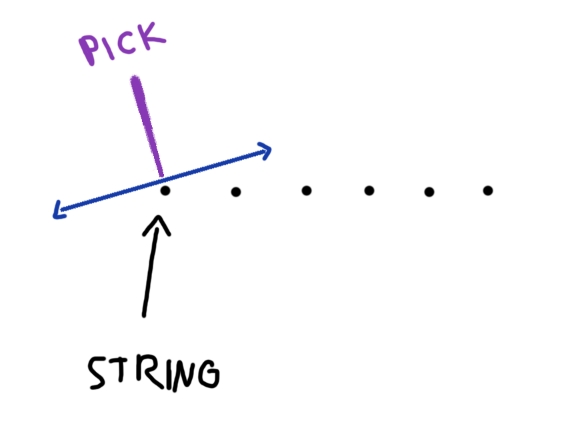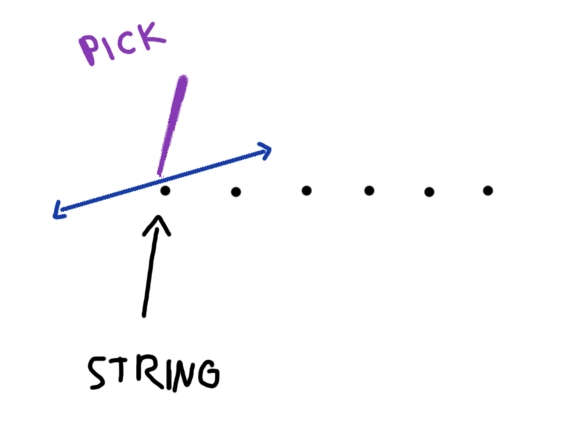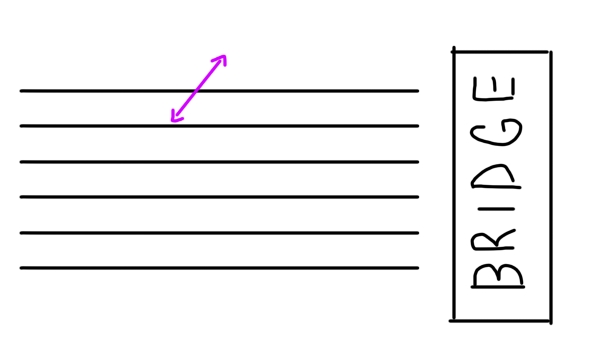I’m asking this because I am quite tired of having “relapses” where the pick starts to get caught on the strings, so I thought maybe if I could learn to AP the way that gives me a lot of resistance, then I’d not even notice if the pick gets caught or not sometimes, it would just work regardless. I also don’t want to be limited to edge picking since it produces a different sound.
I’ve tried in the past to practice AP just plowing through the resistance, but by the end of the day it made my technique sloppier, although I could very well be doing something wrong. But this time I wish to confirm if it’s viable after all, before I dive into it and end up damaging my technique.
What’s your opinion on this?




